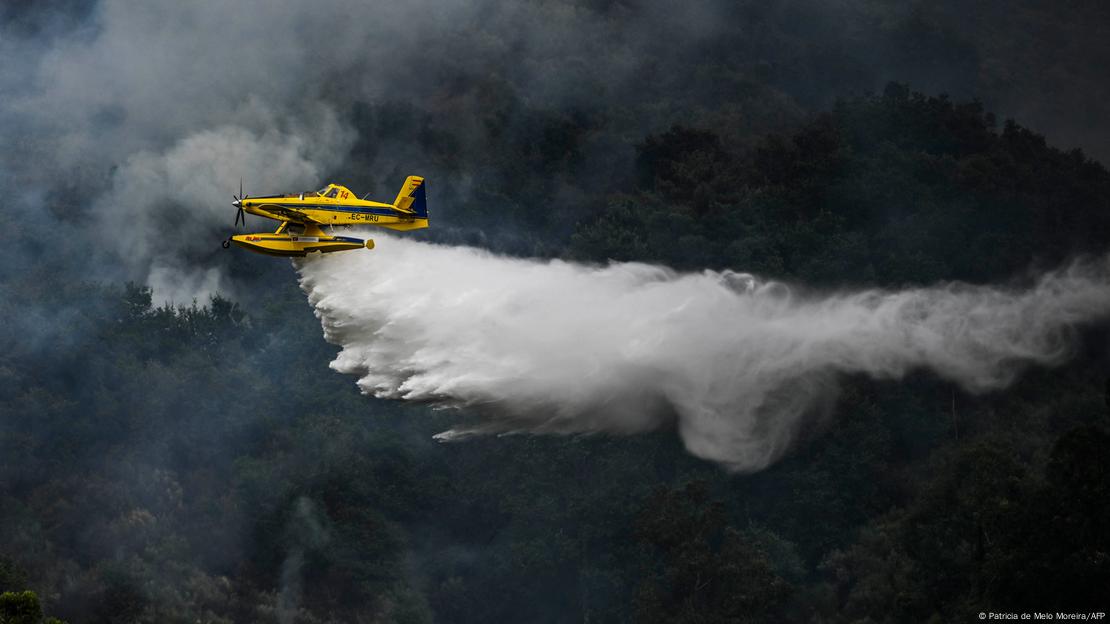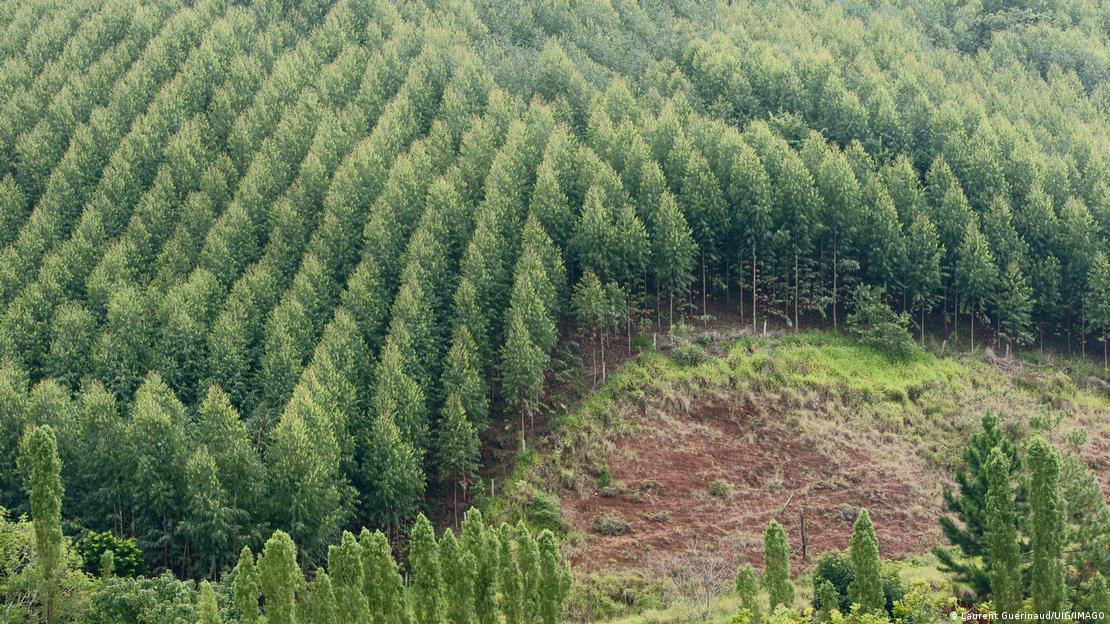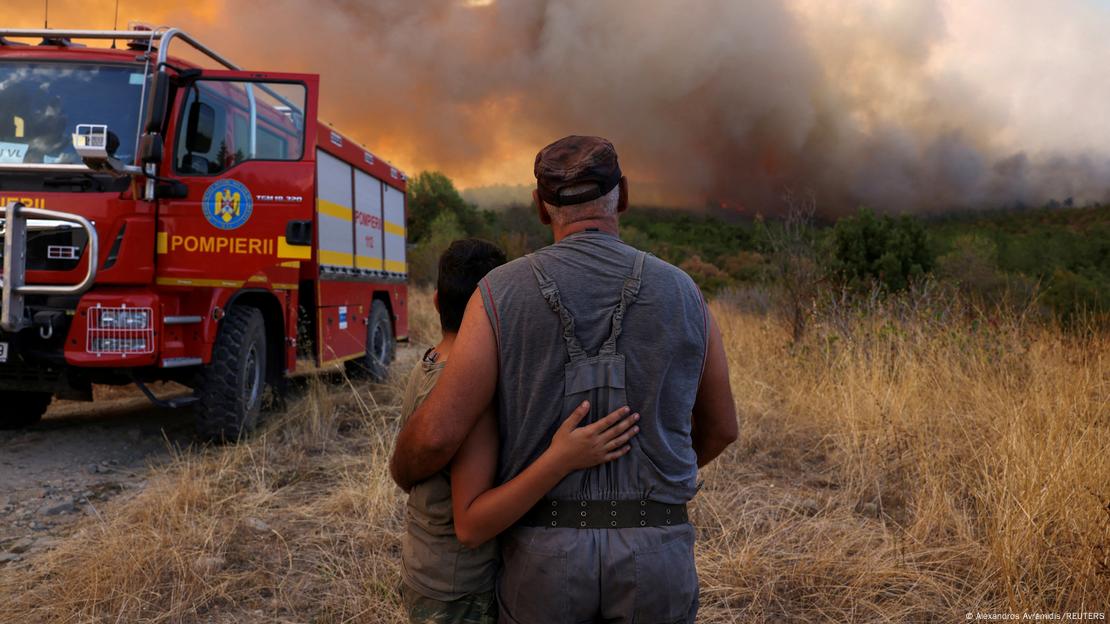How do we fight wildfires as temperatures rise?DW/AFP
Published August 5, 2022
As massive wildfires rage in countries as afar afield as Greece and Canada, DW looks at how strategic burning and adaptive planting can help protect the planet's forests
Stephen Lam/San Francisco Chronicle/AP/picture alliance
Fire has burned through forests for hundreds of millions of years, but now unprecedented wildfires are burning hotter and longer, partly due to climate change.
Declining rainfall and longer droughts are making forests so dry that localized lightning can spark a small fire that transforms into an inferno before firefighters can limit the damage.
Firefighters are currently battling wildfires in Greece's high Mediterranean summer heat. Less than three weeks ago, major blazes also ripped through forests in western Canada and the United States, forcing tens of thousands of people to evacuate.
The Canadian town of Jasper in the province of Alberta was devastated in late July, with fire destroying at least a third of the town's buildings. The neighboring Jasper National Park, part of a UNESCO World Heritage Site and known for its Rocky Mountain landscape, was also damaged, with critical routes in the park only opening in the past few days.
"Any firefighter will tell you there is little to nothing you can do when a wall of fire like that is coming at you," said Mike Ellis, Alberta's public safety minister. "Nobody anticipated the fire to come so fast, so large."
Climate-change fueled fire also ravaged Canada in 2023. Some 18.4 million hectares (45.5 million acres) were scorched, sending gigantic clouds of smoke over parts of the US. Summer 2023 also saw large fires break out in Italy, Greece and Spain.
On the other side of the world, so large was the scale of the Australian Black Summer mega fires of 2019-20 that burnt nearly 60 million acres (24 million hectares) that once fire-resistant wet forests also went up in flames.
And as we continue to heat the planet by burning fossil fuels, those fires are set to worsen, endangering more people and wildlife.
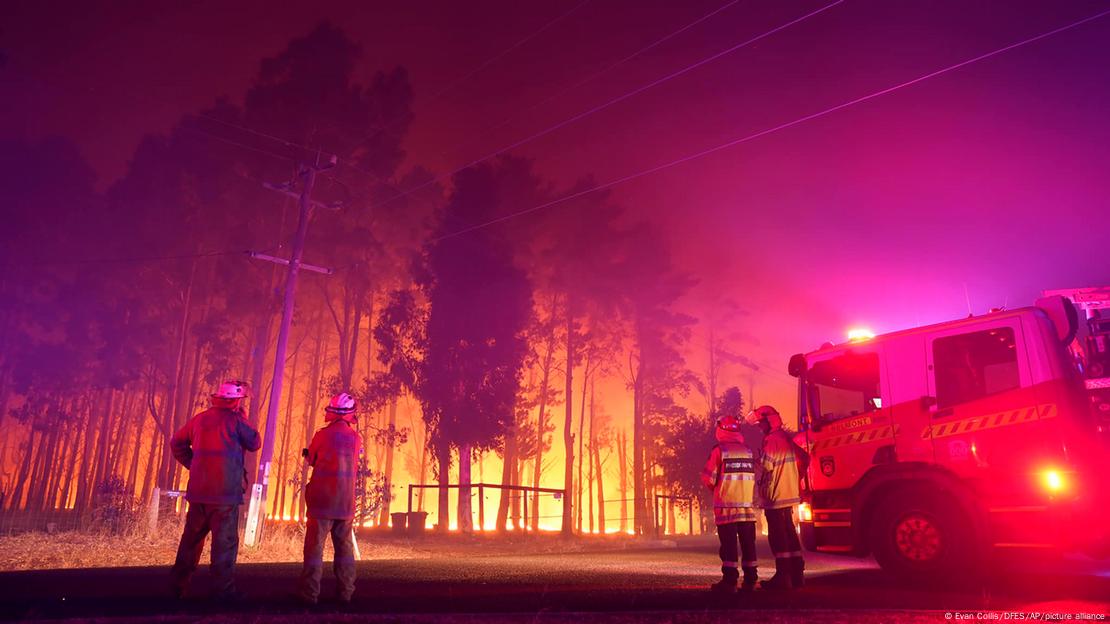
Australian firefighters have struggled to battle unprecedented forest fires in recent years
Evan Collis/DFES/AP/picture alliance
"We are not on track to reduce risk now," said Hamish Clarke, senior research fellow at the school of ecosystem and forest sciences at the University of Melbourne in Australia, speaking with DW in August 2022. "We need to change course urgently and seriously reduce greenhouse gas emissions."
Clarke co-authored an article in January 2022 on bushfire risk in Australia that argued "climate change is exceeding the capacity of our ecological and social systems to adapt," and that fire management is now at a "crossroads."
Here are three key areas through which fire management is attempting to adapt to a new climate reality.
Fighting fire with fire
Controlled or "prescribed" burning of forest vegetation, most often in the cooler months of the year, helps lessen wildfire hazards in the summer by reducing the amount of kindling available to fuel fires. In fire-prone nations like the United States, Australia, Portugal, Spain, Canada, France and South Africa, it's been a tried and tested fire management strategy for decades.
Also known as hazard reduction, these back-burning strategies "are very effective at reducing the intensity and severity of fire," according to Victor Resco de Dios, an associate professor of forest science at Spain's University of Lleida.
But to be an effective antidote, controlled burning under cool conditions now needs to be done across a "very large spatial scale to become effective," said the forest engineer.
With Europe, and especially countries around the Mediterranean like Greece, experiencing more severe summer wildfires, Resco de Dios said "substantial hazard reduction" will demand prescribed burning across 1.5 million hectares (3.7 million acres) of land.
One problem with prescribed burning now, though, is that climate change has started to increase the risks.
After a controlled burning operation in New Mexico in May 2022 transformed into one of the worst wildfires in the state's history, the US Forest Service announced a pause in planned burning operations in national forests across the country — even if this was a very rare case.
Low-intensity burning used by First Nations in US, Australia
First Nations people in the United States and Australia were using a form of controlled burning to reduce flammable vegetation for thousands of years before Europeans invaded.
They used "frequent low-intensity" burning in the cooler months to reduce the wildfire threat, creating a grassy, park-like wooded terrain that also maintained biodiversity.
That's according to the authors of a February 2022 report, who also describe "the catastrophic risk created by non-Indigenous bushfire management approaches" whereby fire is suppressed rather than managed.
The neglect of Indigenous fire management techniques means "Australia's forests now carry far more flammable fuel than before [the] British invasion," said the researchers.
Since regaining ownership of native lands in the 1990s, Indigenous people have successfully practiced traditional fire management in the Kimberly region of northern Australia during the cooler dry season.
Putting drones on the fire front line
While prevention is the best cure, technology has become increasingly important when trying to fight mega blazes.
Satellites managed by the likes of NASA are already helping firefighters keep track of moving fires across the planet. More recently, however, drones have become a more localized high-tech fire suppression gadget.
A project in Finland — where 75% of the land is covered in forest — is making it easier to track emerging forest fires with the help of drones.
"We're developing a new AI-based drone technology to quickly detect forest fires and provide situational awareness when extinguishing the fires," said Eija Honkavaara from the Finnish Geospatial Research Institute and a member of research group undertaking the project, the FireMan consortium.
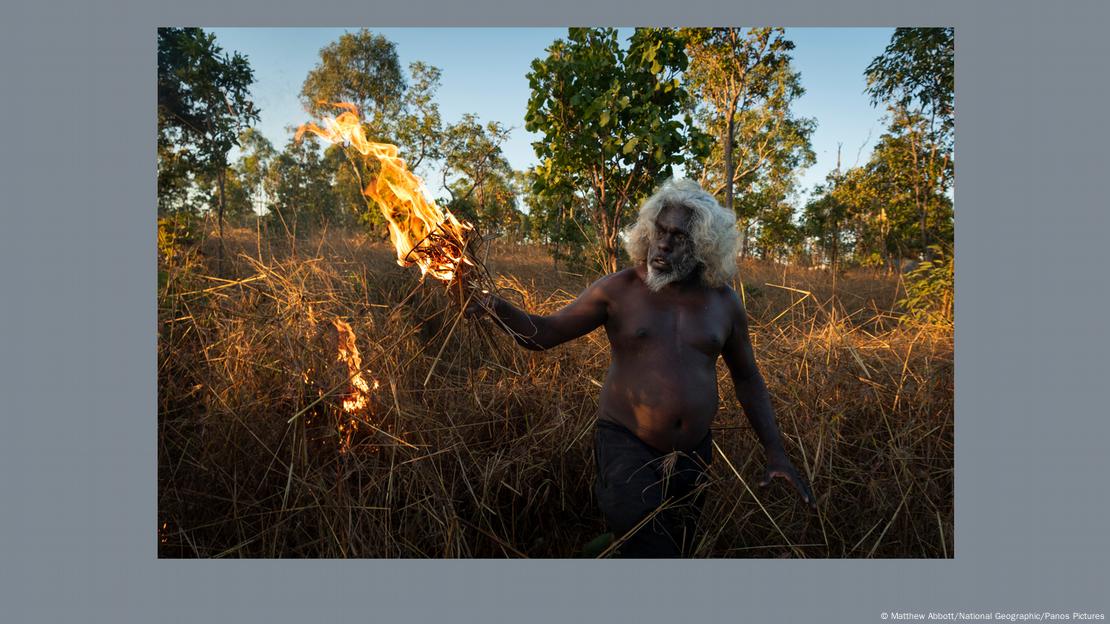
Indigenous Australians, as seen here in West Arnhem Land, use 'cool' land burning techniques to remove the fuel that feeds bigger blazes
Matthew Abbott/National Geographic/Panos Pictures
After 400,000 hectares of European forest burned in 2019, that number jumped by 25% the following year. Victor Resco de Dios told DW in August 2022 said that a hotter and drier Central Europe and even Scandinavia "will start experiencing mega fire in the next few decades."
"Drones can help us in providing real-time information on how the fire front is progressing, and how high and hot the flames are," said Honkavaara in a statement.
As the drones provide remote data in real time, they are also fitted with sensors that can see through smoke to detect the exact scale of the fire.
The only catch is the need for a strong mobile internet connection in remote areas.
How to climate-proof forests
"Wildfires have been on Earth for 420 million years and vegetation is adapted to them," said Resco de Dios.
Nonetheless, the regenerative properties of forests may no longer be sufficient. Newly vulnerable forest ecosystems need to be adapted to frequent wildfires through the planting of more climate and drought resilient plant species, say experts.
"We must consider future climates and plant with species from drier places," said Resco de Dios. "That is, we should not plant with native species, but with those growing elsewhere in warmer locations, so they will be adapted to the climate of the next decades."
Following an inquiry into the Black Summer wildfires in Australia, researchers found that "effective regeneration" was becoming less likely for over 250 plant species due to the increasing frequency of fires across their habitat.
"We must consider that the climate will be unsuitable for many of the species currently growing by the turn of the century and start planning for that," Resco de Dios added.
This will require the close management of regenerating forests for decades after they burn.
"If we just plant trees and then forget about them, we are planting the future wildfires," he said.
Martin Kuebler contributed reporting.
Edited by: Jennifer Collins, Sarah Steffen
This article was first published in August 2022 and last updated on August 12, 2024 with information about recent wildfires.

Stuart Braun Berlin-based journalist with a focus on climate and culture.

















